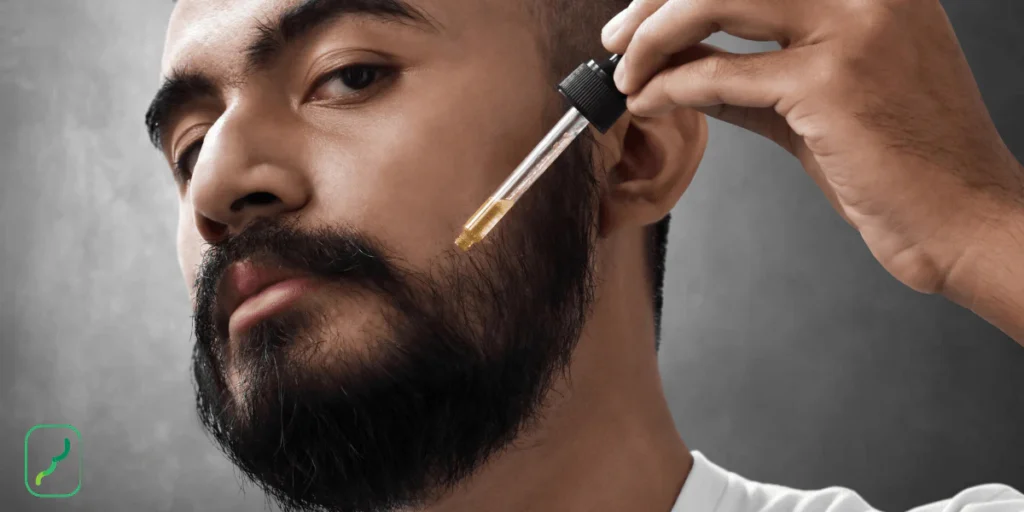It takes more than just letting your beard grow to take care of it. The right items must be used for proper beard maintenance, and beard oil is a game-changer. Beard oil may be the answer you’ve been looking for if you’re having problems with itching and dandruff in your beard.
What is beard oil?
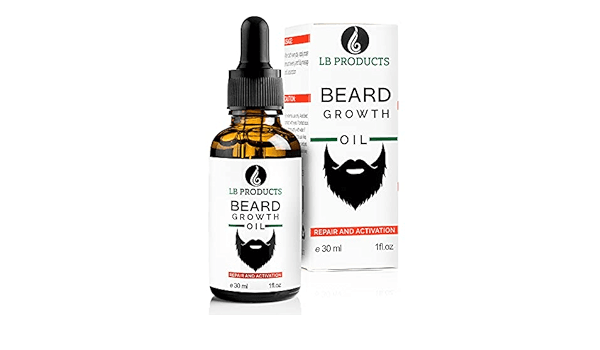
Beard oil is a specially formulated product designed to nourish the beard and the skin underneath. It typically contains a blend of carrier oils and essential oils that provide hydration, reduce irritation, and promote a healthy beard.
Importance of Beard Care

Why bother with beard care, you ask? Well, a well-maintained beard not only looks good but also feels good. Neglecting your beard can lead to dryness, dandruff, and itchiness, making it uncomfortable and unsightly. Beard oil is an essential part of keeping your beard in top shape.
Understanding Beard Dandruff and Itchiness

What Causes Beard Dandruff?
The same variables that create dandruff on your scalp can produce “beardruff,” or baldness on your beard. One of the main causes is dry skin, which flakes off and lodges in your beard. Fungal infections and skin disorders like eczema are additional reasons.
Common Reasons for Beard Itchiness
Beard itchiness can be downright maddening. It often starts during the early stages of beard growth, when new hairs break through the skin. Dry skin, ingrown hairs, and irritation from grooming products can also contribute to the itch.
Beard Oil’s Significance for Beard Health
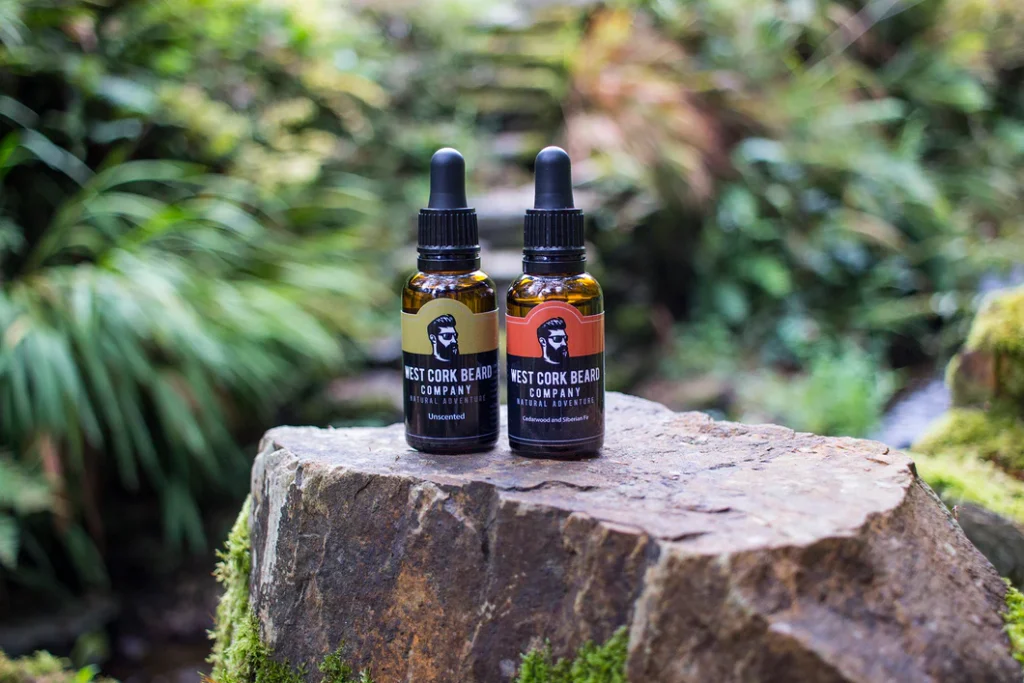
Moisturizing the Skin
One of the main benefits of beard oil is its ability to moisturize the skin beneath your beard. This hydration prevents dryness and flakiness, which are the primary causes of dandruff and itchiness.
Softening the Beard Hair
Tea tree and eucalyptus essential oils, among others, provide calming qualities that help soothe inflamed skin. This lessens the itching that frequently coincides with a developing beard.
How Beard Oil Combats Dandruff

Hydrating Dry Skin
Beard oil penetrates the skin to provide deep hydration. Ingredients like jojoba oil mimic the skin’s natural oils, keeping the skin moisturized and preventing the dryness that leads to dandruff.
Preventing Flakiness
By maintaining proper moisture levels, beard oil helps to prevent the skin from flaking. Regular use of beard oil can significantly reduce the appearance of beard dandruff.
How Beard Oil Reduces Itchiness

Soothing Irritated Skin
Essential oils such as tea tree and eucalyptus have soothing properties that can calm irritated skin. This reduces the itchiness that often accompanies a growing beard.
Reducing Inflammation
Inflammation can exacerbate itchiness and discomfort. Beard oils containing anti-inflammatory ingredients help to reduce this inflammation, providing relief from persistent itch.
Key Ingredients in Beard Oil for Dandruff and Itchiness
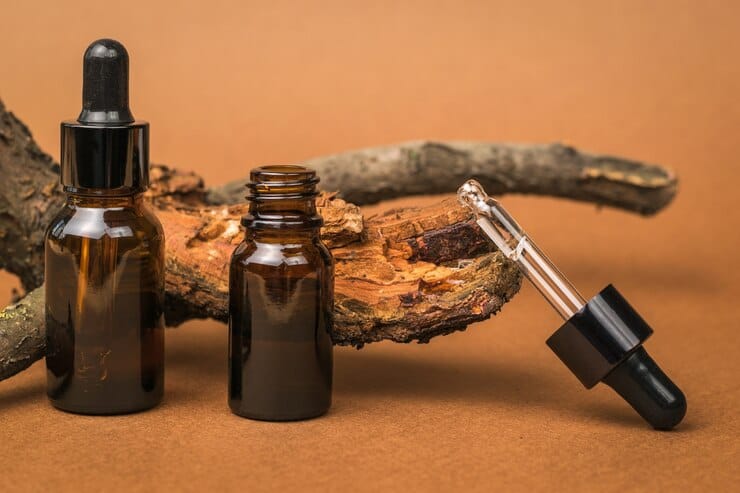
Jojoba Oil
Jojoba oil is a staple in many beard oils due to its similarity to the skin’s natural sebum. It moisturizes without clogging pores, making it perfect for preventing beard dandruff and itchiness.
Argan Oil
Antioxidants and vitamins abound in argan oil. It nourishes the skin and beard, encouraging good development and lowering the likelihood of irritation and dryness.
Tea Tree Oil
Known for its antifungal and antibacterial properties, tea tree oil helps combat infections that could cause dandruff and itchiness. It also soothes the skin and reduces inflammation.
Eucalyptus Oil
Eucalyptus oil contains anti-inflammatory qualities and a cooling effect. It can soothe irritation and encourage a healthy atmosphere for the growth of beards.
How to Choose the Right Beard Oil

Checking the ingredients
When selecting a beard oil, always check the ingredient list. Look for oils that provide hydration, nourishment, and soothing effects. Avoid products with synthetic fragrances and harsh chemicals.
Considering Skin Type
Your skin type plays a crucial role in choosing the right beard oil. If you have sensitive skin, opt for oils with gentle, soothing ingredients. For oily skin, non-comedogenic oils like jojoba are ideal.
Personal Preferences
Scents and textures matter too. Choose a beard oil with a fragrance you enjoy and a consistency that feels good on your skin and beard.
How to Apply Beard Oil Effectively
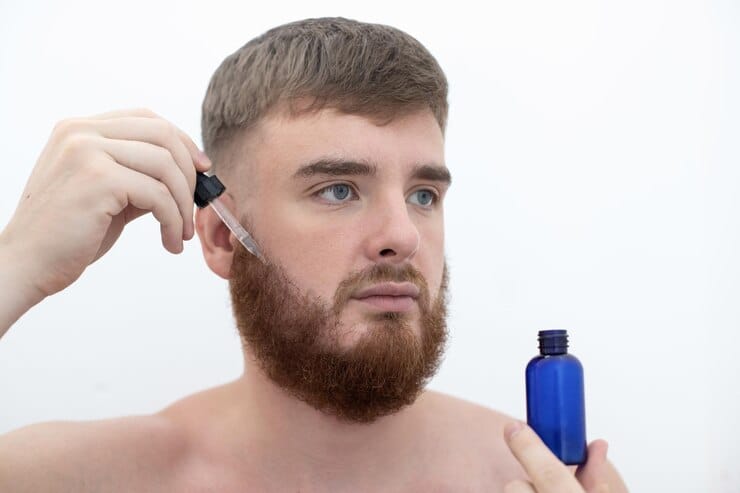
Step-by-Step Guide
- Wash Your Beard: Begin with a freshly washed and towel-dried beard.
- Pour the Oil Out: A few drops of beard oil should be placed in your hand.
- Heat the Oil: To warm the oil, rub your palms together.
- Apply to Beard: Massage the oil into your beard, reaching the skin underneath.
- Distribute evenly: Use a beard comb or brush to evenly distribute the oil.
Tips for Maximum Benefits
Apply beard oil daily, preferably after a shower, when your pores are open. Use the right amount for your beard length to avoid greasiness.
Real-Life Experiences: Testimonials

Success Stories
Many bearded men swear by beard oil, sharing stories of how it transformed their beards style from dry and itchy to soft and healthy. Testimonials highlight the reduction in dandruff and itchiness after consistent use.
Common Challenges
Some users experience initial breakouts or greasy residue. These issues are often resolved by adjusting the amount of oil used or switching to a lighter formula.
Additional Tips for Managing Beard Dandruff and Itchiness

Regular washing and conditioning
To maintain your beard nourished and clean, use a mild beard wash and conditioner. Steer clear of strong soaps that remove natural oils.
Proper grooming techniques
Trim your popular beard style regularly to prevent split ends and maintain its shape. Use a quality beard comb to detangle and distribute natural oils.
Diet and Hydration
A healthy diet and adequate water intake contribute to overall skin and hair health. Foods rich in omega-3 fatty acids, vitamins, and minerals can improve beard quality.
DIY Beard Oil Recipes

Simple Recipes to Try at Home
Making your own beard oil can be fun and cost-effective. A basic recipe includes jojoba oil, argan oil, and a few drops of essential oils like tea tree or eucalyptus.
Benefits of Making Your Own Beard Oil
You can alter the components in homemade beard oil to fit your skin type and preferred aroma. It also guarantees that you are aware of every ingredient in the product.
Potential side effects and precautions
Allergic Reactions
Always perform a patch test before using a new beard oil. Some essential oils can cause allergic reactions or skin sensitivity.
Overuse Issues
Using too much beard oil can lead to a greasy beard and clogged pores. Start with a few drops and increase as needed.
Expert Opinions on Beard Oil
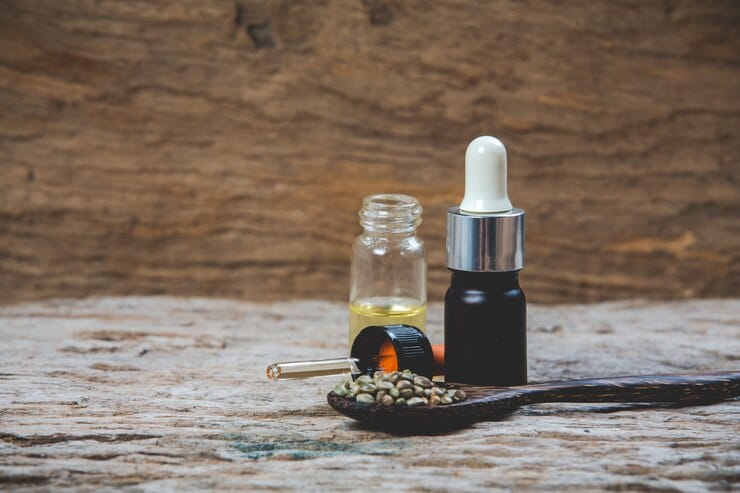
Dermatologists’ Views
Dermatologists generally support the use of beard oil for its moisturizing and anti-inflammatory benefits. However, they advise choosing products with natural, non-irritating ingredients.
Barbers’ Recommendations
Barbers recommend beard oil as a part of daily grooming to keep the beard soft, healthy, and manageable. They emphasize the importance of quality ingredients and proper application.
Conclusion
Incorporating beard oil into your grooming routine can make a world of difference in managing beard dandruff and itchiness. With the right product and proper application, you can enjoy a healthier, softer, and more comfortable beard.
Frequently Asked Questions
Can beard oil cause acne?
If you use too much or pick a heavy oil, it can clog pores and cause breakouts. Opt for non-comedogenic oils and use them sparingly.
How often should I use beard oil?
Daily use is recommended, especially after washing your face or showering, to maintain hydration and manageability.
Is beard oil suitable for all skin types?
Yes, but choose an oil that matches your skin type. For sensitive skin, look for soothing ingredients. For oily skin, non-comedogenic options are best.
Can I use beard oil on a short beard?
Absolutely! Beard oil is beneficial at all stages of beard growth, helping to keep the skin moisturized and reduce itchiness.
What should I do if my beard oil isn’t working?
If you’re not seeing results, try adjusting the amount you use or switching to a different product with more suitable ingredients for your skin and beard type.

